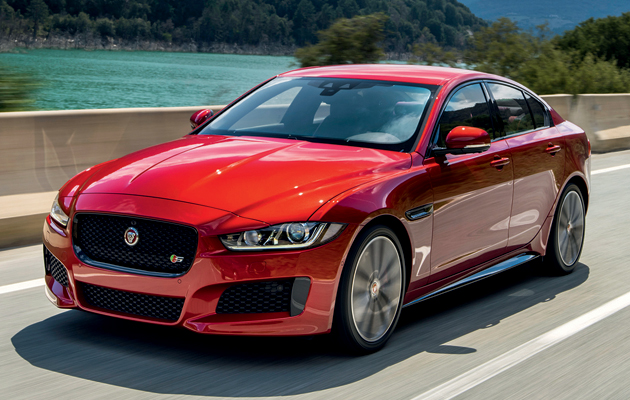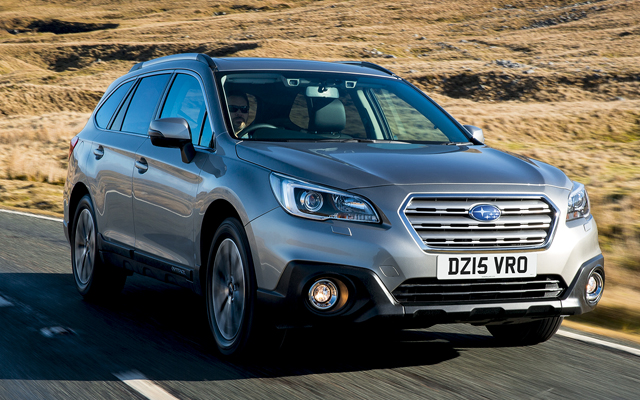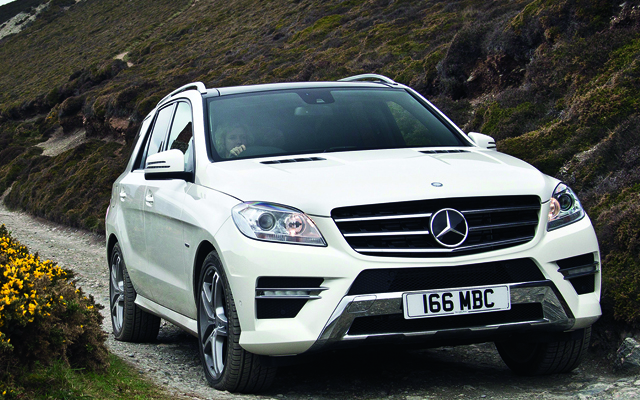Car review: Jaguar XE saloon
Simon de Burton puts the Jaguar XE saloon to the test.


One of my most memorable motoring experiences took place in a Jaguar. It was 1975, I was 11 years of age and my school chum Michael Reeves and I had incurred the wrath of his father by keeping him waiting in the car for 30 min- utes—the car in question being a Bordeaux-red XJS V12, registration suffix ‘P’ and one of the very first to have been delivered.
Our punishment was to take a sustained ear bashing, but far more troubling was old Gordon’s irate driving. Peering agog from the back seats, Reeves junior and I silently vowed never to be late again as we watched the needle nudge beyond 130mph, as the XJS seared along the A40.
The velocity, you see, seemed prodigious. We were travelling faster, for heaven’s sake, than British Rail’s recently unveiled Inter-City 125 high-speed Train. Four decades later, 130mph seems almost effortlessly achievable from behind the wheel of Jaguar’s new XE saloon—and that’s just the base model, the two-litre diesel, which is said to be capable of 75mpg.
This is Jaguar’s much-anticipated answer to the popular mid-sized offerings from rivals Audi (A4), BMW (3 Series) and Mercedes- Benz (C-Class). And it deserves to send the Germans into retreat, with its stiff, light, aluminium monocoque and choice of two new Ingenium diesel engines, two four-cylinder, two-litre petrols and, at the top of the range, a supercharged, three-litre V6. Jaguar launched the car in the beautiful Navarra region of Spain, where the Eurozone crisis seems to have done little to diminish the quality of the roads, which still do a good job of putting Britain’s potholed tarmac to shame.
Although the route was billiard-table smooth, it was chosen for its serpentine nature in order to show off the rear-wheel-drive XE’s impressive handling, resulting from a combination of the afore-mentioned light but rigid body, the latest electric power steering and a version of the ‘integral link’ rear suspension usually reserved for cars in the super-luxury sector.
The result is a Jaguar worthy of the marque’s reputation for cosseting comfort, but also one that holds the road and takes the bends like a proper sports car. This is helped by something called ‘torque vectoring by braking’, which subtly applies the inner wheels’ stoppers to keep the car on the optimum line during cornering.
Even a base model, the 163PS diesel with a (not-recommended) manual gearbox, was swift enough to demonstrate the quality of the car’s ride and handling, but trying the next one up—180PS delivered through the ZF, eight-speed automatic now used extensively throughout the Jaguar Land Rover range—hinted at the XE’s potential as a true performance saloon.
Sign up for the Country Life Newsletter
Exquisite houses, the beauty of Nature, and how to get the most from your life, straight to your inbox.
More parsimonious Jaguar aspirants will likely go for one of the diesels, but, for the optimum combination of fuel economy and pace, the 240PS petrol engine is probably the best option as it returns the same 38mpg average as the alternative, lesser-tuned petrol engine, but with markedly better acceleration and a limited top speed of 155mph.
But the version you’ll really want is the range-topping, 340PS V6, which best epitomises the old Jaguar attributes of ‘grace, pace and space’. It’s a true, four-seat continent-crosser that acquitted itself superbly on the Circuito de Navarra racetrack.
Regardless of the model, you can expect to find a suitably dazzling display of technology at your finger-tips, ranging from ‘driver aids’ such as semi-automated parking, blindspot monitoring and adaptive cruise control to ‘infotainment’ based around an 8in touch screen with voice control, smartphone app access, Wi-Fi and an 11-speaker Meridian audio system of window-shattering power. There are also five levels of interior trim, ranging from cloth to luxurious leather.
Jaguar undoubtedly has a battle on its hands if it is to wrest buyers from its German rivals, but, with the XE leading the charge, it has a good deal more than a fighting chance.
On the road: Jaguar XE Saloon Price: From £29,775 (2.0d 163PS manual) to £44,865 (3.0 V6 340PS eight-speed auto) Annual road fund licence: Zero (2.0d); £490 first year, reducing to £265 (3.0 V6) 0–60mph: 7.9 seconds (2.0d); 4.9 seconds (3.0 V6) Top speed: 141mph/155mph (limited) Combined fuel consumption: 75mpg (for the two-litre diesel manual model)

Car review: Subaru Outback 2.5i SE Premium Lineartronic
Simon de Burton puts the new Subaru Outback to the test.

Car review: Mercedes Benz ML250 BlueTEC 4Matic
Simon de Burton finds himself wishing he owned Mercedes-Benz’s latest 4x4.
Country Life is unlike any other magazine: the only glossy weekly on the newsstand and the only magazine that has been guest-edited by HRH The King not once, but twice. It is a celebration of modern rural life and all its diverse joys and pleasures — that was first published in Queen Victoria's Diamond Jubilee year. Our eclectic mixture of witty and informative content — from the most up-to-date property news and commentary and a coveted glimpse inside some of the UK's best houses and gardens, to gardening, the arts and interior design, written by experts in their field — still cannot be found in print or online, anywhere else.
-
 The King's favourite tea, conclave and spring flowers: Country Life Quiz of the Day, April 22, 2025
The King's favourite tea, conclave and spring flowers: Country Life Quiz of the Day, April 22, 2025Tuesday's Quiz of the Day blows smoke, tells the time and more.
By Toby Keel
-
 London is the place for me* (*the discerning property buyer)
London is the place for me* (*the discerning property buyer)With more buyers looking at London than anywhere else, is the 'race for space' finally over?
By Annabel Dixon